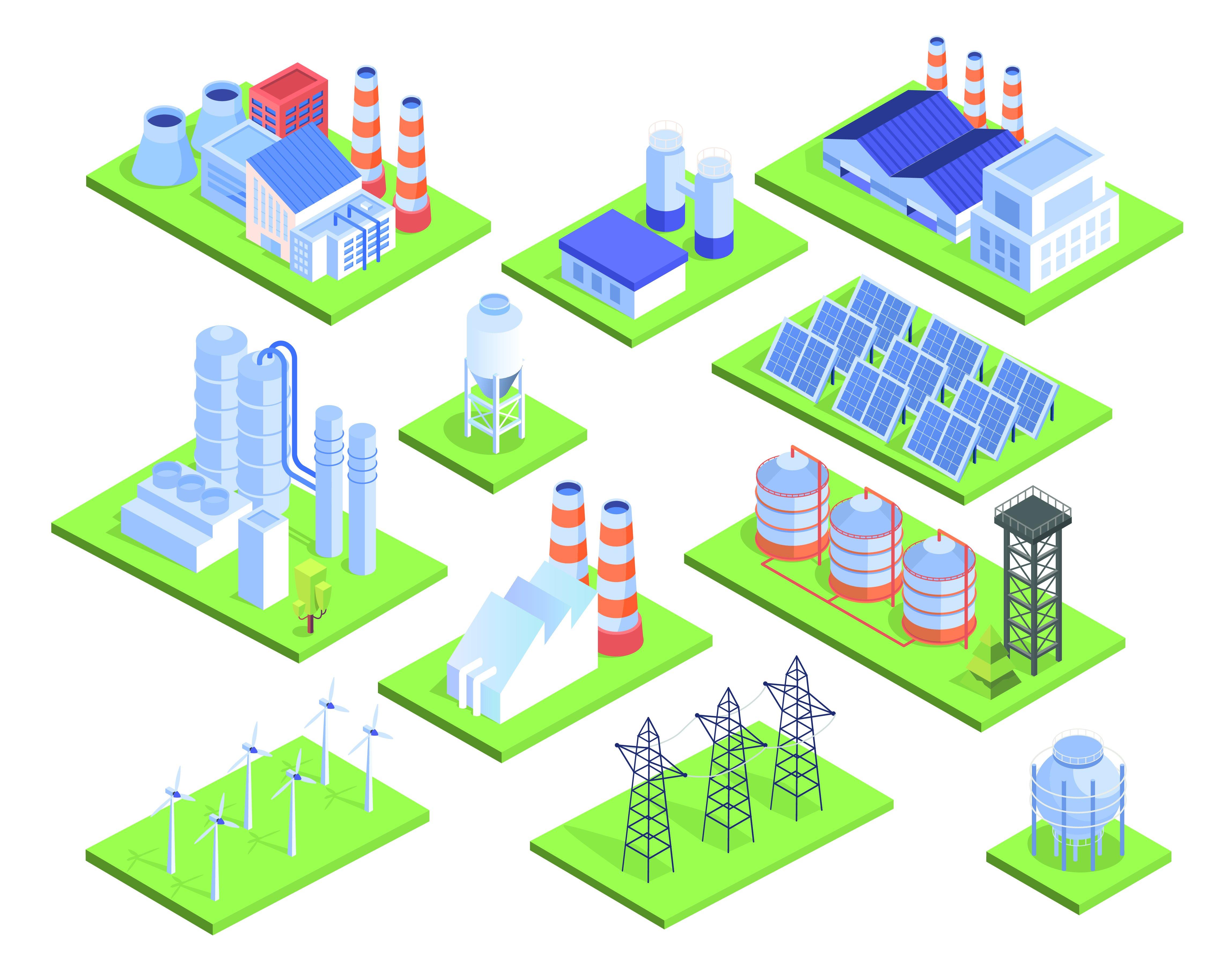 (NewsUSA)
(NewsUSA) - U.S. energy demand is surging at an unprecedented rate. With economic growth, technological advances, and industrial expansion, our country’s energy demand is projected to grow by between 35% and 50% by 2040, potentially outpacing supply growth.
- U.S. energy demand is surging at an unprecedented rate. With economic growth, technological advances, and industrial expansion, our country’s energy demand is projected to grow by between 35% and 50% by 2040, potentially outpacing supply growth.
Much of this expected demand growth is projected to come from large-scale economic drivers like data centers and manufacturing facilities. While these projects typically take two to three years to construct, new power generation can take five years or more to come online. Failing to meet increased demand with increased generation could stifle economic growth, hamper technological innovation, and raise energy consumer costs.
The solution? A strategy that utilizes all affordable and reliable energy sources. Clean energy like wind and solar offers the ability to come online faster than other energy options, better keeping pace with our state’s growing economic opportunities. If we want to reach true American energy dominance, we must employ an “all of the above” energy approach – and that starts with policy at the state level to open the door for homes and businesses to access all available energy resources. Diversifying power supply mixes, strengthening infrastructure, and unlocking rapid deployment will enable states to meet the moment.
Enough clean power capacity – from utility-scale solar, wind power on land and offshore, and storage – to power 75 million homes was installed in 2024 alone. The overwhelming majority of new electric power capacity (93%) installed last year was solar, wind, and storage. But, the U.S. portfolio continues to be primarily composed of thermal resources, hydroelectric power, and nuclear. By continuing to install clean power as a complement to traditional energy sources, states can achieve reliable, abundant, and affordable energy.
A great example of a state pursuing an all-of-the-above approach to energy is Texas. In addition to being the country’s largest producer of liquified natural gas and oil (source), Texas is the nation’s leading producer of utility-scale solar, the biggest producer of wind, and the second largest in battery storage (source), showing that states can use a blend of energy sources to meet their growing needs.
If we want to achieve American energy dominance, we can’t leave any resources on the table. With an all-of-the-above approach to energy, our state – and our country as a whole – can secure our energy future.
